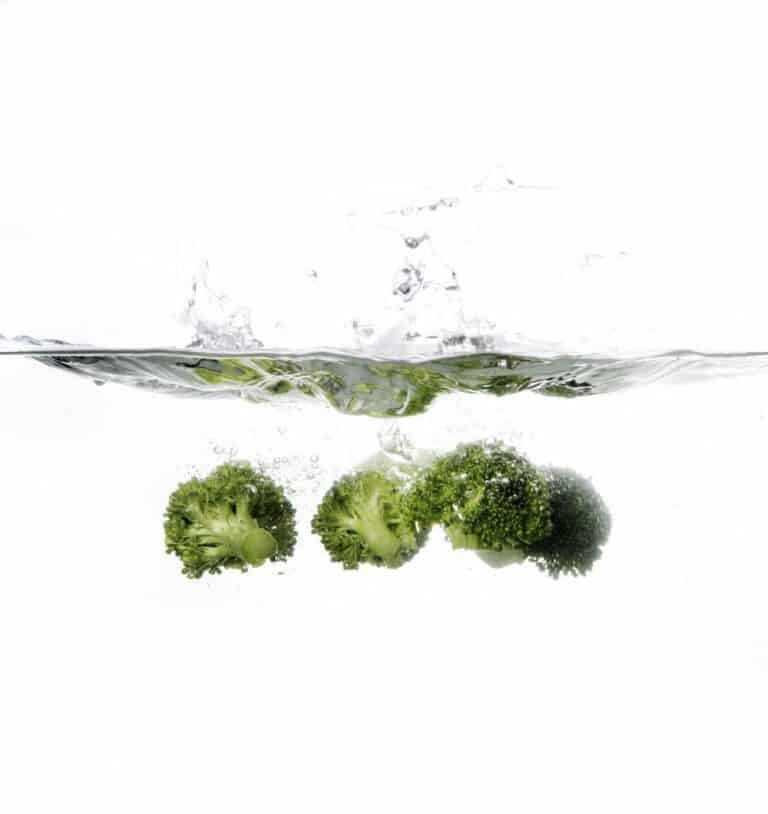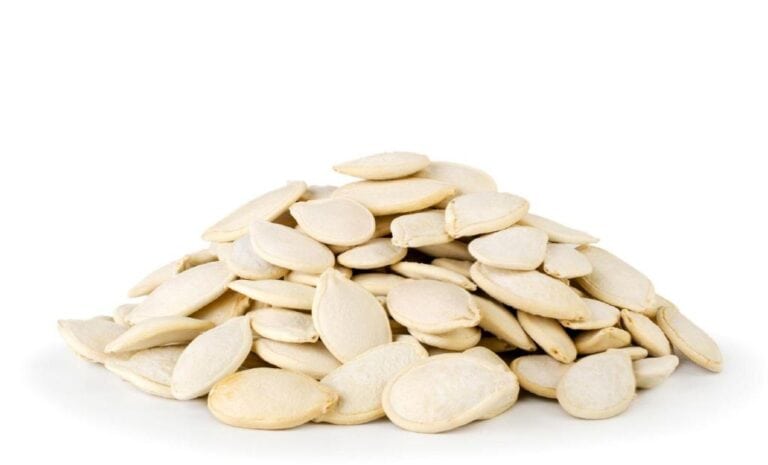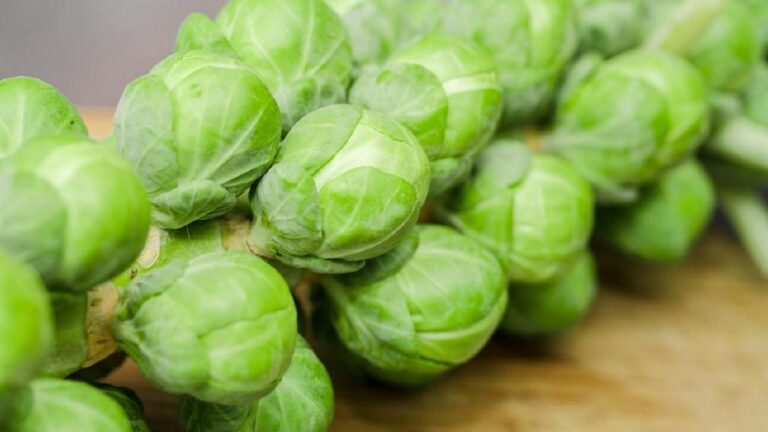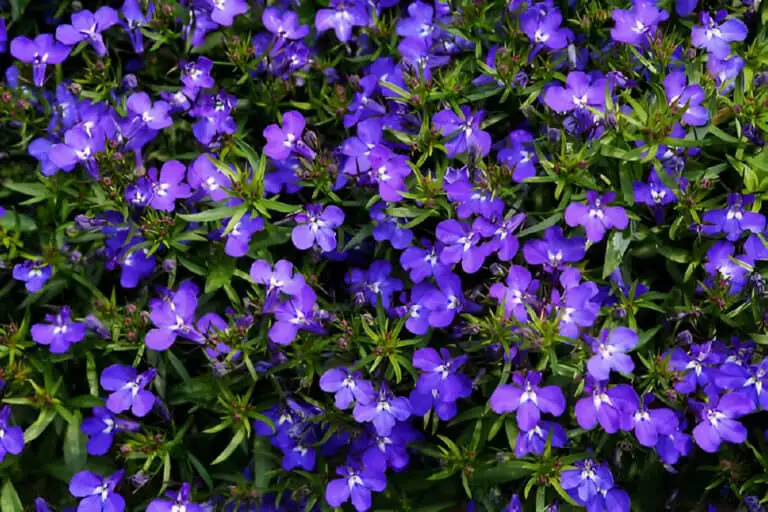How To Grow Cucumbers In a Greenhouse: A Beginner’s Guide
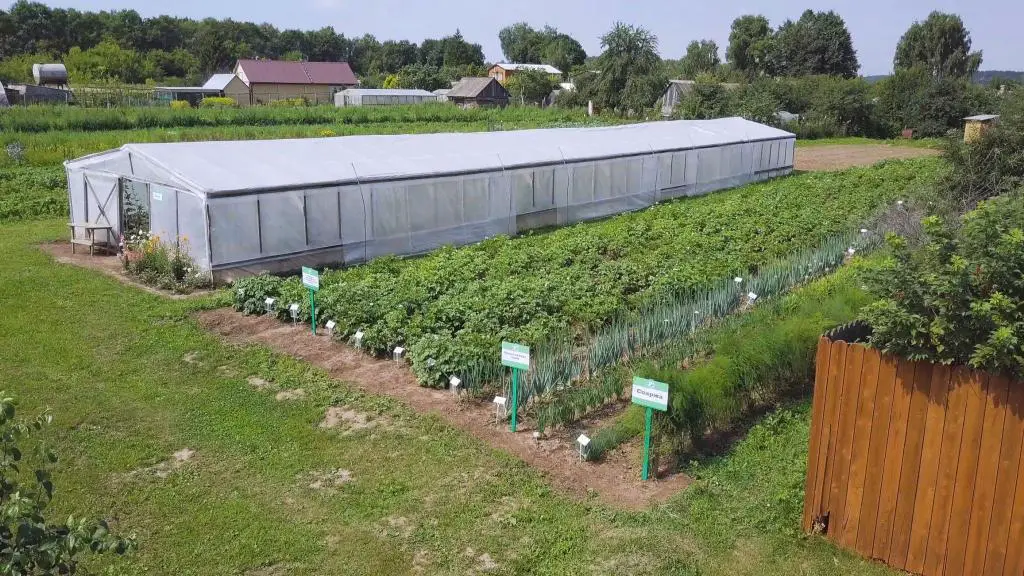
Are you a fan of crisp, juicy cucumbers but tired of buying them from the store? Why not try growing them yourself? Not everyone has access to a large garden or outdoor space for growing crops, but with a greenhouse, anyone can cultivate their own fresh produce, including cucumbers.
Growing plants in a greenhouse is a great way to make your growing season last longer and give your plants the best growing conditions. Whether you’re a seasoned gardener or a complete beginner, growing cucumbers in a greenhouse is a fun and rewarding experience.
In this beginner’s guide, we’ll walk you through everything you need to know to get started, from choosing the right varieties of cucumbers to providing proper care and maintenance for your plants.
So, roll up your sleeves and get ready to get your hands dirty as we explore the exciting world of greenhouse cucumber gardening.
Overview of Growing Cucumbers in A Greenhouse
Cucumbers grown in a greenhouse are always grown for fresh use and not for pickling. Slicing varieties are longer than varieties grown for pickling.
In a commercial greenhouse, a wire is put up going from one end of the greenhouse to the other about 10 feet above the plants. Then individual plants are run up to the wire using twine. Plants will naturally climb the twine, but some training is done to make sure it stays climbing its assigned twine, and plastic ties are used to strengthen the plant.
The most common method of greenhouse growing with cucumbers is the Umbrella System. In this system, all side growth is pruned, leaving just the main stem growth until the plant reaches the top wire. Then, once the main stem reaches the wire, the topmost growth, or terminal bud, is removed and the last two lateral branches are allowed to grow sideways and downward.
The growth from these lateral branches will be allowed to hang down up to 3 feet from the ground. The main stem will also produce fruit, but the first 3–4 feet at the bottom will have been pruned to prevent more vegetative growth.
Another system that’s gaining popularity is the High-Wire System, sometimes called the Hire-Wire System because it’s more labor intensive.
In this system, the top wire is set higher, around 15 feet and the cucumber plant’s top bud is allowed to grow until the top of the wire and then pruned back keeping all growth along the main stem.
This system is thought to have a higher production rate than the Umbrella System. Here is an article comparing the two methods. Other methods include the V-cordon and the lean-and-lower method.
Choosing the Right Cucumber Variety for Greenhouse
There are different kinds of cucumbers on the market, and each has its own traits and needs for growing. To get the best yields and quality from cucumbers grown in a greenhouse, it’s critical to select the right variety. The process of choosing should be based on a number of things, like how it will be used, how it will grow, and the climate.
The English or European cucumber is one of the most popular types of cucumber to grow in a greenhouse. This variety is known for its long, slender shape, thin skin, and mild flavor.
English cucumbers are often sold in supermarkets and preferred by consumers for their crunchiness and seedless flesh. This variety requires specific growing conditions such as high humidity and temperature control, which makes it suitable for greenhouse cultivation.
Another variety that is commonly grown in greenhouses is the Persian cucumber. This variety is shorter and thicker than the English cucumber, with a darker skin and a more intense flavor.
Persian cucumbers are popular in Middle Eastern cuisine and are also known as baby cucumbers. They are ideal for greenhouse cultivation due to their compact size and shorter growing season.
When selecting a cucumber variety for greenhouse cultivation, it is important to consider factors such as disease resistance, growth rate, and yield potential. Some cucumber varieties have natural resistance to common pests and diseases, reducing the need for pesticides and increasing overall plant health.
The growth rate and yield potential of each variety should also be considered to ensure that the greenhouse space is being used effectively and efficiently. Ultimately, the right cucumber variety will depend on individual preferences, growing conditions, and intended use.
Preparing the Greenhouse Environment for Cucumber Growth
Greenhouse cucumber cultivation requires specific environmental conditions to ensure optimal growth and yield.
- The first step in preparing the greenhouse environment for cucumber growth is to control the temperature and humidity levels. Cucumbers prefer warm temperatures between 70 and 85°F, with humidity levels ranging from 60 to 90%. These conditions can be maintained using a combination of ventilation, heating, and cooling systems. A greenhouse that can control the temperature can help make sure that the plants don’t get hurt by extreme weather that could slow or stop their growth.
- The second step is to ensure that the soil or growing medium is suitable for cucumber growth. Cucumbers require well-drained, nutrient-rich soil or growing medium that is loose and airy. In a greenhouse, a growing medium like coconut coir, perlite, or vermiculite can be used instead of soil. A balanced fertilizer should be mixed with the growing medium to make sure that the plants get all the nutrients they need to grow well.
- Thirdly, it is important to ensure adequate lighting for the cucumber plants. Cucumbers require at least 8–10 hours of sunlight per day for optimal growth. To make sure the plants get enough light in a greenhouse, it may be necessary to add extra lighting. LED grow lights can be used to provide the necessary light spectrum for plant growth.
Starting Cucumber Seeds Indoors
Starting cucumber seeds inside is an important step if you want to grow cucumbers in a greenhouse. This process is done several weeks before the final frost date in your region to ensure that the seedlings are ready to be transplanted once the weather is warm enough.
- To start cucumber seeds indoors, you will need seed-starting trays, seed-starting mix, and cucumber seeds. The mix for starting seeds should be sterile, without soil, high in nutrients, and keep water well.
- Fill the seed-starting trays with the seed-starting mix, leaving about half an inch of space at the top of each cell. Then, make small holes in the center of each cell, about half an inch deep. Drop a cucumber seed into each hole and cover it with the seed-starting mix.
- After planting the seeds, water the trays thoroughly, making sure that the soil is moist but not waterlogged. Then, cover the trays with plastic wrap or a humidity dome to create a warm and humid environment for the seeds to germinate.
- Place the trays in a warm location, such as on top of a heat mat or near a sunny window. Keep the soil moist by misting it with water as needed. Once the seeds have germinated and the seedlings have grown a couple of leaves, remove the plastic wrap or humidity dome and move the trays to a cooler, brighter location.
- As the cucumber seedlings grow, make sure to keep the soil moist but not waterlogged, and fertilize them with a balanced fertilizer once a week. Once the seedlings have developed strong roots and several sets of leaves, they are ready to be transplanted into the greenhouse.
By starting cucumber seeds indoors, you can make sure that the cucumbers you grow in a greenhouse will get off to a good start and give you a good harvest.
Transplanting Cucumber Seedlings into the Greenhouse
Putting cucumber seedlings in the greenhouse is a very important step in making sure the crop does well. Before transplanting, the greenhouse environment should be prepared to ensure optimal growing conditions.
To improve drainage and nutrient availability, the soil should be broken up and mixed with organic matter, such as compost or aged manure.
Once the soil is prepared, it is time to transplant the cucumber seedlings. The seedlings should be at least 4–6 weeks old and have at least two sets of true leaves. Before transplanting, the seedlings should be thoroughly watered to help ease the shock of transplanting.
When transplanting, the seedlings should be placed in holes that are deep enough to cover the root ball and the first set of true leaves. The soil should be firmly pressed around the seedling to ensure good soil-to-root contact. The spacing of the seedlings will depend on the variety of cucumber being grown, but typically they should be spaced 12–18 inches apart in rows that are 24-36 inches apart.
After transplanting, the seedlings should be watered again to help settle the soil and provide moisture to the plants. Add a layer of mulch around the plants to help keep the soil moist and stop weeds from growing.
Caring for Cucumber Plants in the Greenhouse
Caring for cucumber plants in the greenhouse is important if you want them to grow well and give you a lot of cucumbers. One of the most important aspects of caring for cucumber plants is watering.
To grow well, cucumbers need a steady supply of water, so it’s important to keep the soil evenly moist all through the growing season. However, overwatering can lead to root rot, so it’s important not to let the soil become waterlogged.
To keep the plants at the right level of moisture, it’s best to water them deeply but less often, letting the top inch of soil dry out between waterings.
Fertilizing is also essential for the healthy growth of cucumber plants. It’s recommended to fertilize cucumber plants every two to three weeks with a balanced fertilizer that is high in nitrogen.
Using compost or organic fertilizers can also give the plants a natural way to get the nutrients they need. But be careful not to over-fertilize, which can cause too much growth of leaves and a lower crop yield.
Pruning is another important aspect of caring for cucumber plants in the greenhouse. Removing the lateral shoots, or side shoots, of the plant can help direct the plant’s energy towards the production of fruit rather than foliage. Taking off sickly or yellowing of cuumber leaves can also stop diseases from spreading and help plants grow well.
Controlling pests and diseases is also crucial in caring for cucumber plants. Pests such as aphids, spider mites, and whiteflies can cause damage to the plants, while diseases such as powdery mildew and bacterial wilt can lead to plant death.
Pests and diseases can be prevented and controlled by doing things like using insecticidal soap and fungicides, keeping the right level of humidity, and removing infected plant parts.
If you check on the plants often, you can find problems early and stop them from spreading. By using these tips, you can make sure that the cucumber plants you grow in a greenhouse stay healthy and increase cucumbers yield production.
Harvesting Cucumbers in the Greenhouse
To get the best quality and taste from the cucumbers you grow in a greenhouse, you have to pay close attention to when and how you pick them. Cucumbers are typically ready for harvest when they reach a length of 6–8 inches and have a firm texture. It is important to pick cucumbers often so that they don’t get too ripe and bitter.
When harvesting cucumbers, it is best to use a sharp pair of scissors or a knife to cut the fruit from the vine. This helps to prevent damage to the plant and to the fruit. Care should be taken when handling cucumbers so they don’t get bruised or broken, which can cause them to go bad.
After harvest, cucumbers should be stored in a cool, dry place to prolong their shelf life. They can be stored in a perforated plastic bag in the refrigerator for up to a week. Alternatively, cucumbers can be pickled or preserved to extend their shelf life.
In conclusion, picking cucumbers in a greenhouse requires paying close attention to the timing and method of picking to get the best quality and taste from the cucumbers.
Cutting the fruit off the vine with sharp scissors or a knife and being careful with the cucumbers can keep them from getting damaged or going bad. Keeping cucumbers in a cool, dry place and pickling or preserving them can make them last longer and let you eat them all year.

